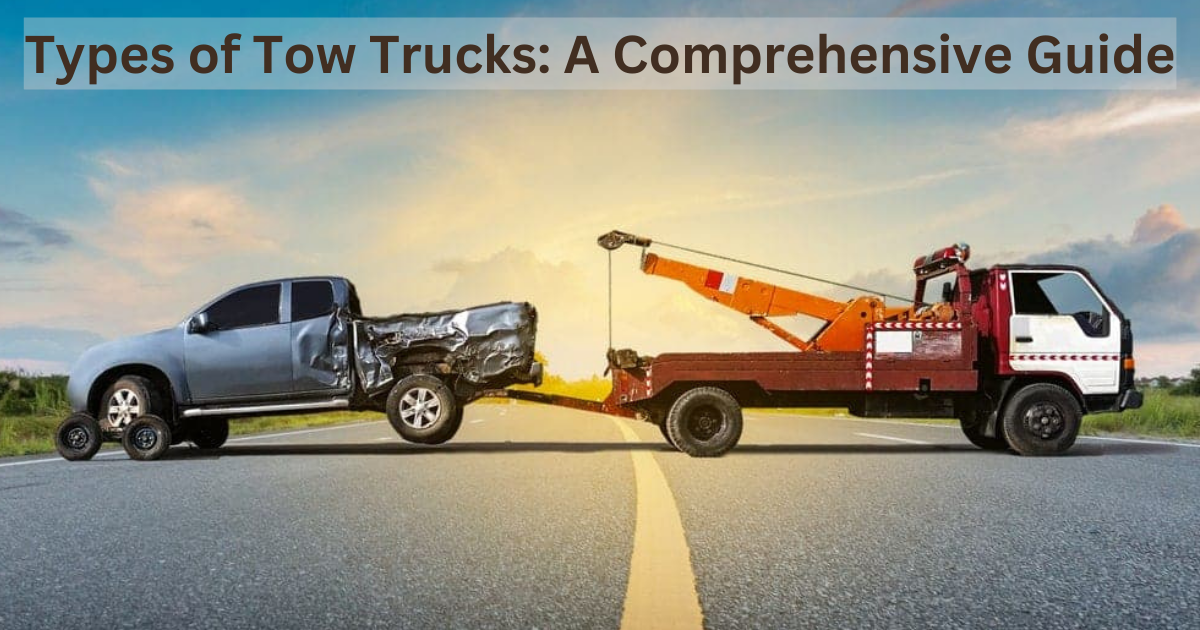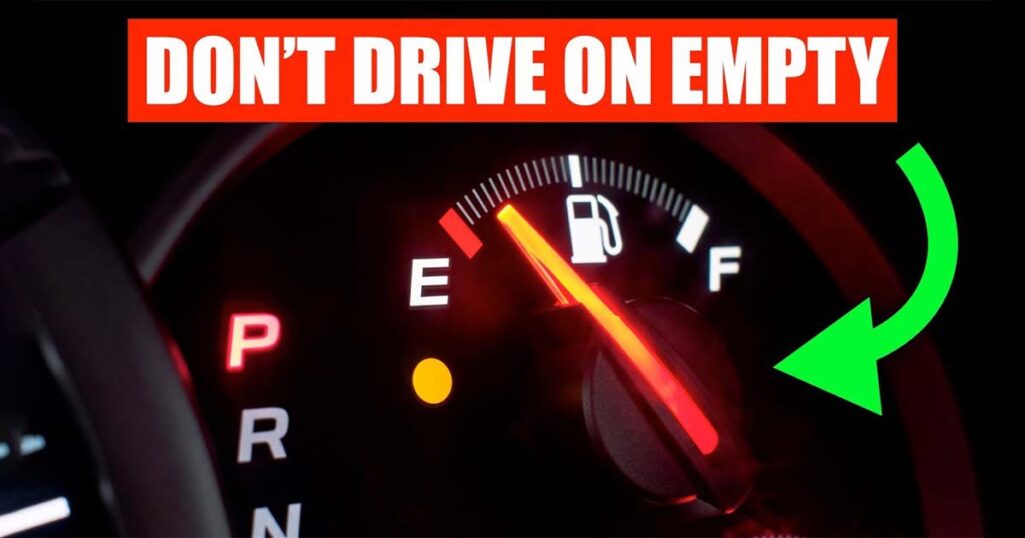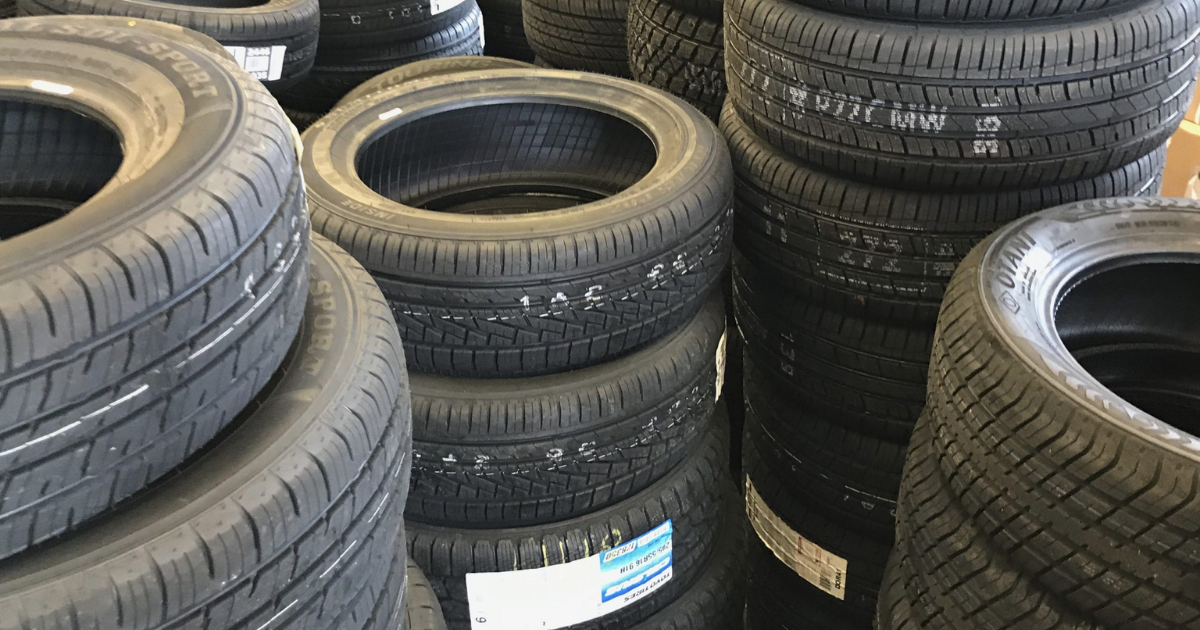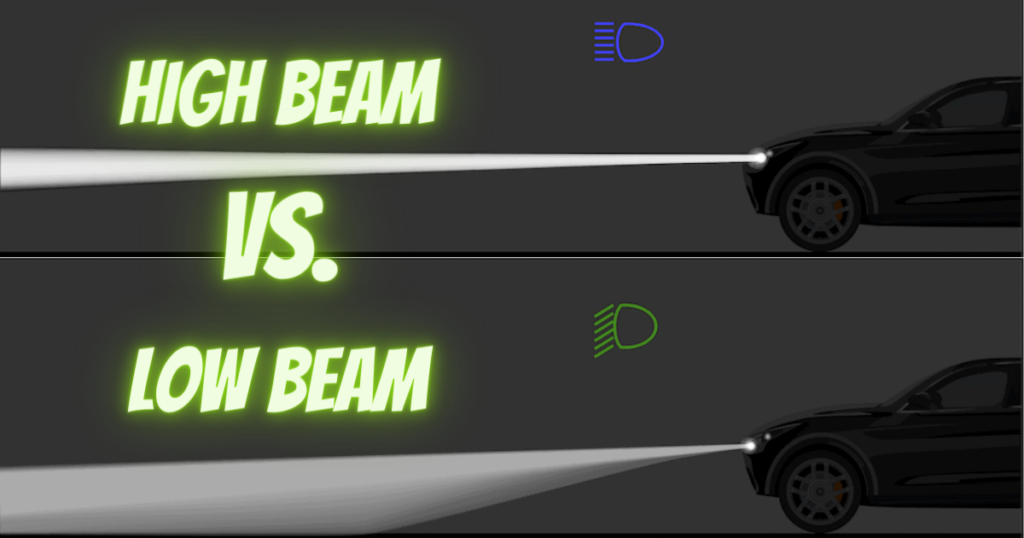
Headlights are often considered a design element for cars. But keep in mind that the primary purpose of your car’s headlights is not to enhance its aesthetics. The main function of exterior lights, specifically headlights, is to illuminate the road ahead, allowing the driver to see clearly and ensuring visibility for other drivers and pedestrians.
Knowing the difference between low and high beams and their uses can help you buy the right product for you. The primary difference between the two beams is that low beams are less intense and illuminate a shorter distance in front of your vehicle, whereas high beams are intense and illuminate a longer distance.
So, after reading this guide to low beams vs. high beams, you’ll thoroughly understand these two beams. Let’s have a detailed look at the key differences in their functioning, uses, and activation.
What are Low Beams?
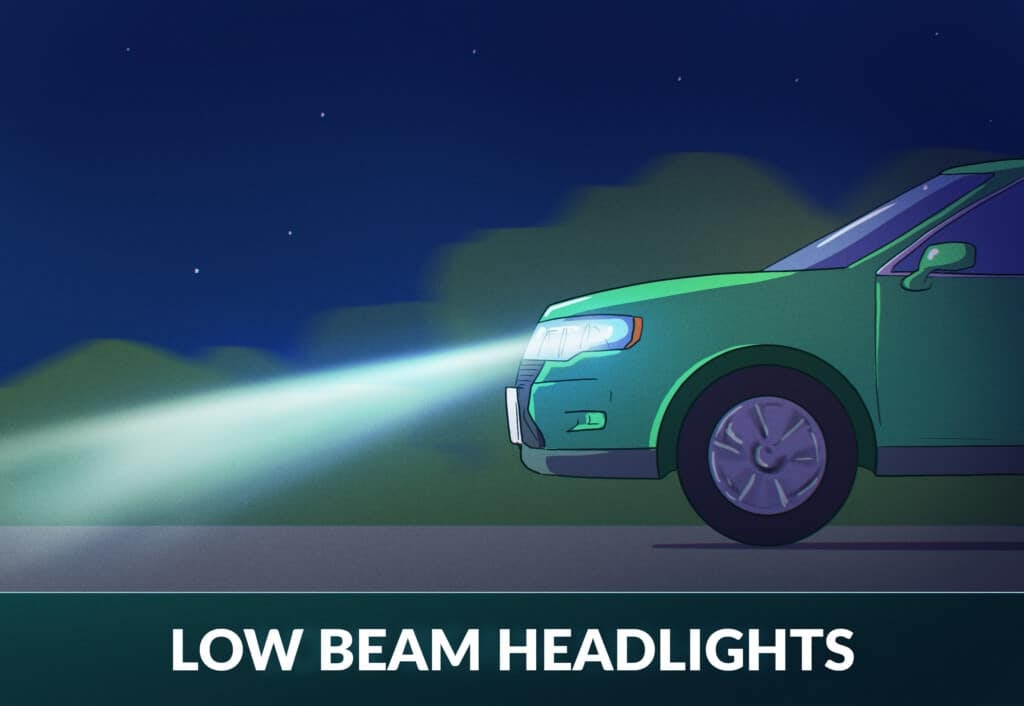
Low beams are the standard headlights that emit light from your car and are typically used when driving at night or in dark environments like indoor parking lots. These low beams, also known as “dipped beams,” have a limited range and are essential for safe driving. Low beams are a car’s most important and most commonly used beams.
The beam is slanted downward to illuminate the road without blinding oncoming vehicles. They help other drivers see you. In the past, drivers had to activate their low beams manually, but modern vehicles are equipped with automatic systems that detect low-light conditions such as nighttime or when entering dimly lit areas like parking lots.
When to use a Low Beam Setting?
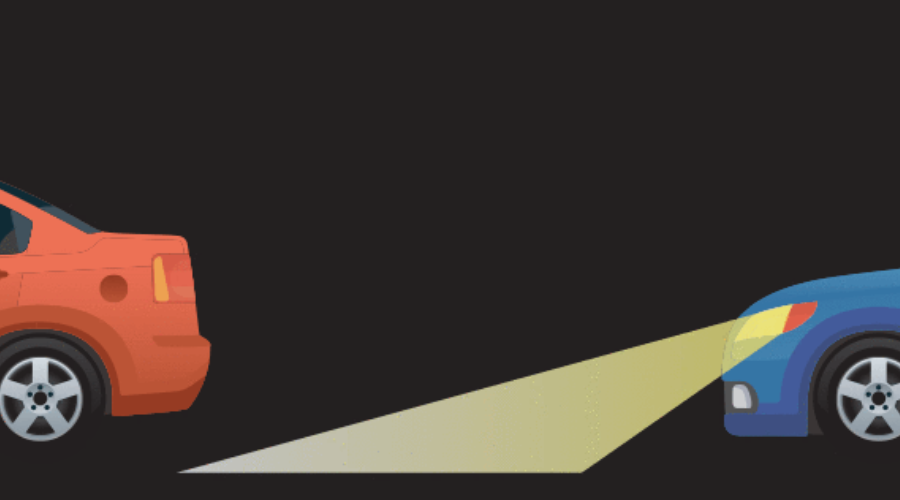
Low beams are utilized in situations with reduced lighting or when visibility is below 150 meters. This includes various low-light weather conditions such as storms, fog, rain, or snow. Here are some situations where you should use the low beam setting:
City Streets:

Streetlights in city areas provide sufficient lighting, making low beams appropriate for driving. Using low beams in these conditions enhances both your ability to see the road and your visibility to other drivers. Even on dimly lit city streets, the presence of ambient street lighting is usually enough to make low beams suitable for nighttime driving.
Driving Behind Another Vehicle:

New drivers often overlook the fact that when high beams are directed towards a vehicle from behind, the glare and dazzling light reflected in the rear-view mirror can blind the drivers in front. Consequently, it is crucial that if you activate your high beams and approach other vehicles, you should always switch to the low beam to avoid this issue.
Oncoming Traffic:

When a vehicle approaches you from the opposite lane, using high beams can create a dazzling and blinding effect, hindering their clear vision. To ensure the safety of both parties, it is important to switch from high beams to low beams when there is oncoming traffic. Utilizing low beams with a shorter range allows you to effectively control and minimize glare caused by the headlights of approaching vehicles.
Low Visibility Conditions:
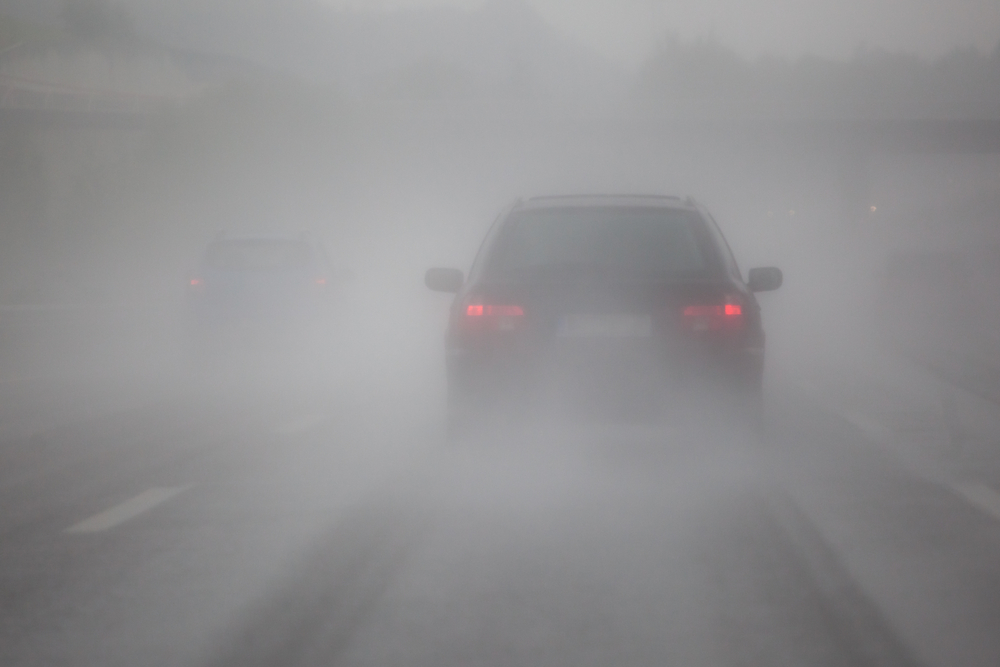
When driving in fog, rain, or heavy snow, it is advisable to utilize low-beam lights. The low beam setting is preferable in such conditions as it illuminates the road at a lower level while preventing the beam from reflecting back at you, making it the superior choice for headlights in this scenario.
How to Activate Low Beams?

The process of activating low beams can differ across vehicles. In modern cars, light sensors usually automatically turn on the low beam headlights when the headlight setting is set to ‘auto’ mode. To enable this feature, ensure your headlight toggle is set to an icon displaying ‘A’ or ‘Auto.’
If your vehicle lacks this icon, it likely doesn’t have automatic headlights. However, you can still manually switch to the appropriate icon in low-light circumstances.
Low Beam Symbol:

The dashboard of your vehicle will display an illuminated symbol indicating the use of low beams. This symbol typically resembles a headlight with diagonal lines, with the rays of light depicted as pointing more downwards towards the ground rather than directly forward.
Related: 28 Most Common Car Dashboard Symbols And Their Meanings
What are High Beams?
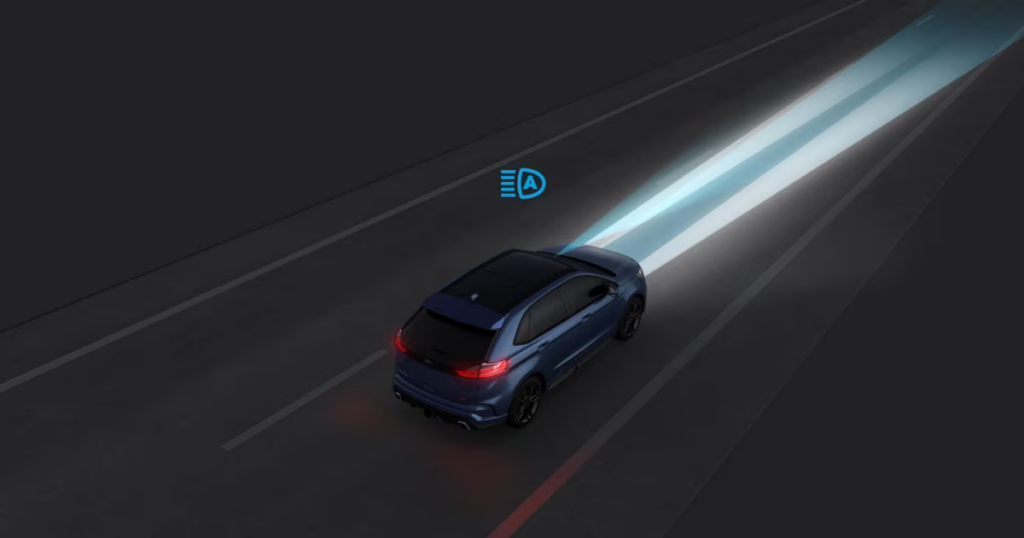
The high beam headlights are typically used in environments with minimal to no light, such as rural areas or roads without street lights. These high beams, also known as “brights” or “full beams,” provide a broader and more intense light projection. They are angled upwards to illuminate a larger area beyond the reach of low beams, offering an extended range of visibility.
It is important to note that high beams do not activate automatically and must be manually switched on by the driver when necessary. They should only be used for short durations when additional lighting is required. Prolonged use of high beams is both illegal and hazardous as it can blind oncoming traffic.
When to use a High Beam Setting?

According to statistics, more than 60% of traffic accidents occur at night, with approximately 30% of these accidents attributed to the improper use of high beams. It is crucial to understand when and where to use high beams to ensure a clear view of the road ahead without compromising the safety and visibility of other drivers.
By having this knowledge, you can minimize risks and enhance overall road safety. Here are some situations in which a high beam setting should be used.
Dark road with no light and other traffic:

High beams are suitable for dimly lit rural or country roads and empty highways. They emit powerful and intense illumination from the headlights, allowing visibility over 100 meters ahead. Nevertheless, it is essential to employ high beams while being mindful of other drivers on the road.
Warning signal:

The use of high beams can serve as a warning to oncoming vehicles. Instead of using your horn and contributing to noise pollution, you can flash your high beams once or twice to alert other drivers. Similarly, while overtaking, combining your high beams with the horn can effectively capture the attention of other drivers.
How to Activate High Beams?

Unlike the automatic activation of low beams in modern vehicles, high beam lights cannot be turned on automatically. The driver’s responsible for manually switching them on when necessary by toggling the indicator stalk away from the driver.
Turning off high beams varies for each vehicle, but commonly, you can either pull the indicator stalk back towards the driver or push it away until you hear or feel a click. To deactivate the high beam lights, perform the reverse action of what was done to activate them. The indicator stalk should return to its original position, turning off the high beam lights.
High Beam Symbol:

When you switch to high beam mode, the symbol on the dashboard changes. It represents high beams by depicting light rays pointing more toward the front than the ground.
What is Dual-Beam Headlight System?
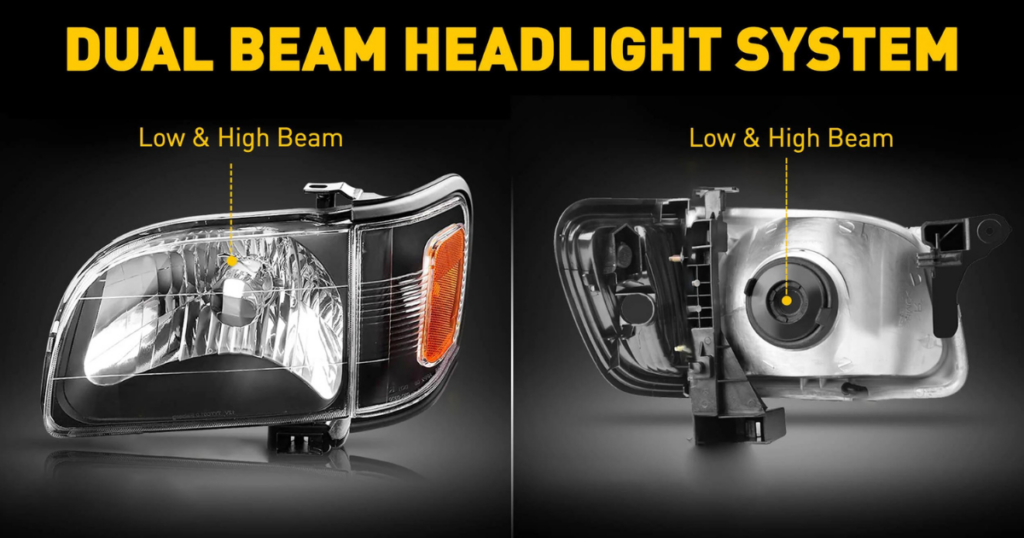
Every car and truck is equipped with both low-beam and high-beam functions, but the configuration of the headlights can vary. Some vehicles require separate bulbs for each beam, known as single beam systems, while others utilize a single bulb for both beams, referred to as dual beam systems.
Drivers with dual beam systems only need to purchase one set of bulbs to replace or upgrade both the low and high beams. However, dual-beam bulbs are generally slightly pricier than single-beam bulbs and consume more power.
What is the difference Between High And Low Beams?

| Light Mode | Low Beams | High Beams |
| Beam Angle | Towards the Road / Ground | Straight Ahead / Upwards |
| Focus | Short-range | Long-range |
| Field of View | Wider | Narrow |
| Light Coverage | 30-40 meters | 100 meters |
| Activation Period | Must always stay on when in a low or no-light environment | Short period / as long as no other cars are within 150 meters |
| Blind Other Drives | No | Yes |
| Application | Normal Nighttime driving / low-light environments | No light environments (rural areas, small roads, etc.) |
| Activation | Automatic or Manual | Manual |
| Legal | Yes | Yes |
| Halogen | Yes | Yes |
| LED | Yes | Yes |
| HID/Xenon | Yes | Yes |
Many people think the difference between car headlights’ high and low beam settings is only a matter of brightness. However, there are many other factors contributing to this difference, including:
Brightness:
Low-beam rays have a lower brightness level as they are focused within a limited area. On the other hand, high-beam rays have a higher brightness level as they are projected to provide greater visibility across a larger area.
Distance:
In general, low-beam rays have a clear reach of approximately 40 meters, whereas high-beam rays extend to a distance of around 100 meters. It is possible to install more potent and intense headlights to increase the distance the high beam covers. However, the precise distance can vary slightly based on the projection angle of the headlights.
Field of view:
The term “field of view” refers to the width of the illuminated angle provided by headlights. When the primary objective is to see the distant road ahead, a wide field of view is not required. As a result, high beams are designed with a narrower field of view.
On the other hand, low beams offer a wider field of view, enabling drivers to see what is directly ahead on the road and the surrounding areas on the sides. Technically speaking, low beams provide more peripheral illumination than high beams.
Symmetrical Illumination:
High beams provide symmetrical illumination, meaning they evenly illuminate the area ahead and on the sides of the vehicle. This symmetrical illumination allows drivers to see both the straight distant space and the surrounding side space.
On the other hand, low beams offer asymmetrical illumination. While low beams also illuminate the front space, their diffused nature results in less illumination on the sides compared to the area directly in front of the vehicle.
Frequently Asked Questions:
Here are some frequently asked questions about Low Beam Vs. High Beam:
Do single-beam systems use the same bulb size for both the low and high beams?
It really depends on the car you have. In single-beam systems, some cars utilize completely separate bulb sizes for the high and low beams, while others use the same bulb size for both. In cases where the same bulb size is used, you will need two sets of bulbs – one for the low beams and another for the high beams.
Are fog lights and low beams the same?
Fog lights are distinct from regular high and low beams, and their presence in vehicles is not mandatory by law. These lights are often located in a separate assembly within the front bumper of some cars or trucks.
Can we use high beams in rain, snow, or fog?
Not suggested. In such weather, using your highlights would result in light reflecting back at you. High beams can be used temporarily in conditions of extremely low light.
Conclusion
To summarize, low beam headlights are primarily used for driving in urban areas or when visibility is hindered due to various factors like smoke, rain, fog, dust, or snow. On the other hand, high beams are designed for dark roads, such as rural areas or highways lacking streetlight coverage.
Understanding the difference between high and low beams and knowing when and where to use them appropriately is crucial for being a responsible and considerate driver. Driving on the road is a team sport, and we should all try to be good team players.

